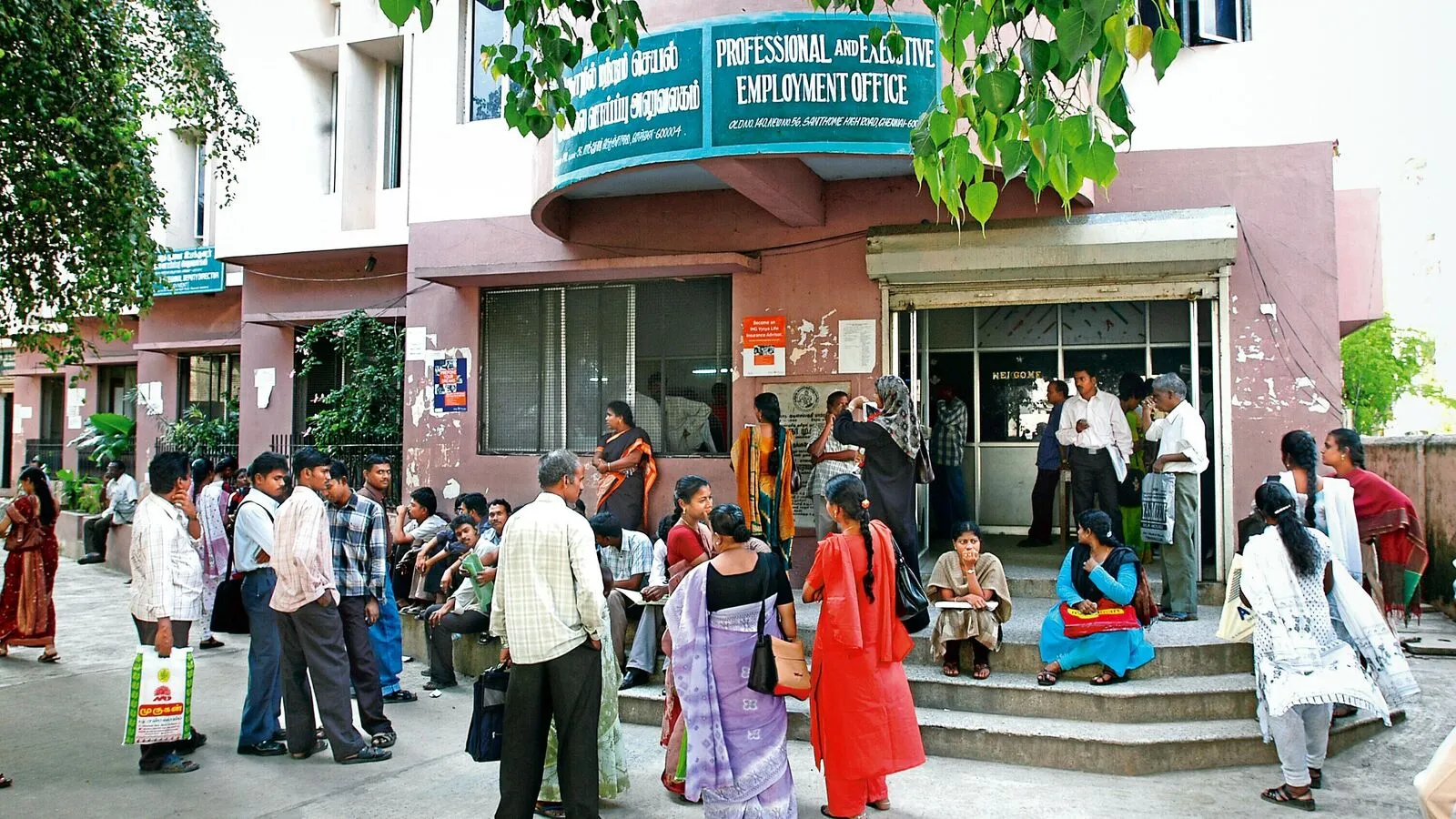Employment Paradox: Balancing Capital Costs and Labour Incentives for Economic Growth

Employment Paradox: How Capital Costs Influence Economic Growth
The employment paradox highlights the challenge of balancing capital costs with labour costs. Lowering the wage-rental ratio can stimulate growth by encouraging job creation in capital-intensive sectors. By investigating this balance, policymakers can devise effective employment linked incentives that not only drive economic growth but also enhance productivity in vital industries like agriculture.
Key Insights on Employment and Economic Dynamics
- Understanding how the employment paradox impacts headline inflation.
- Strategies for lowering capital costs to boost job availability.
- The role of corporate bond financing in enhancing resource allocation.
As reductions in labour costs are examined, it becomes evident that strategic adjustments may lead to significant shifts in employment dynamics and overall economic performance. To gain a deeper understanding of these trends and their implications, please visit the source for comprehensive analysis.
This article was prepared using information from open sources in accordance with the principles of Ethical Policy. The editorial team is not responsible for absolute accuracy, as it relies on data from the sources referenced.